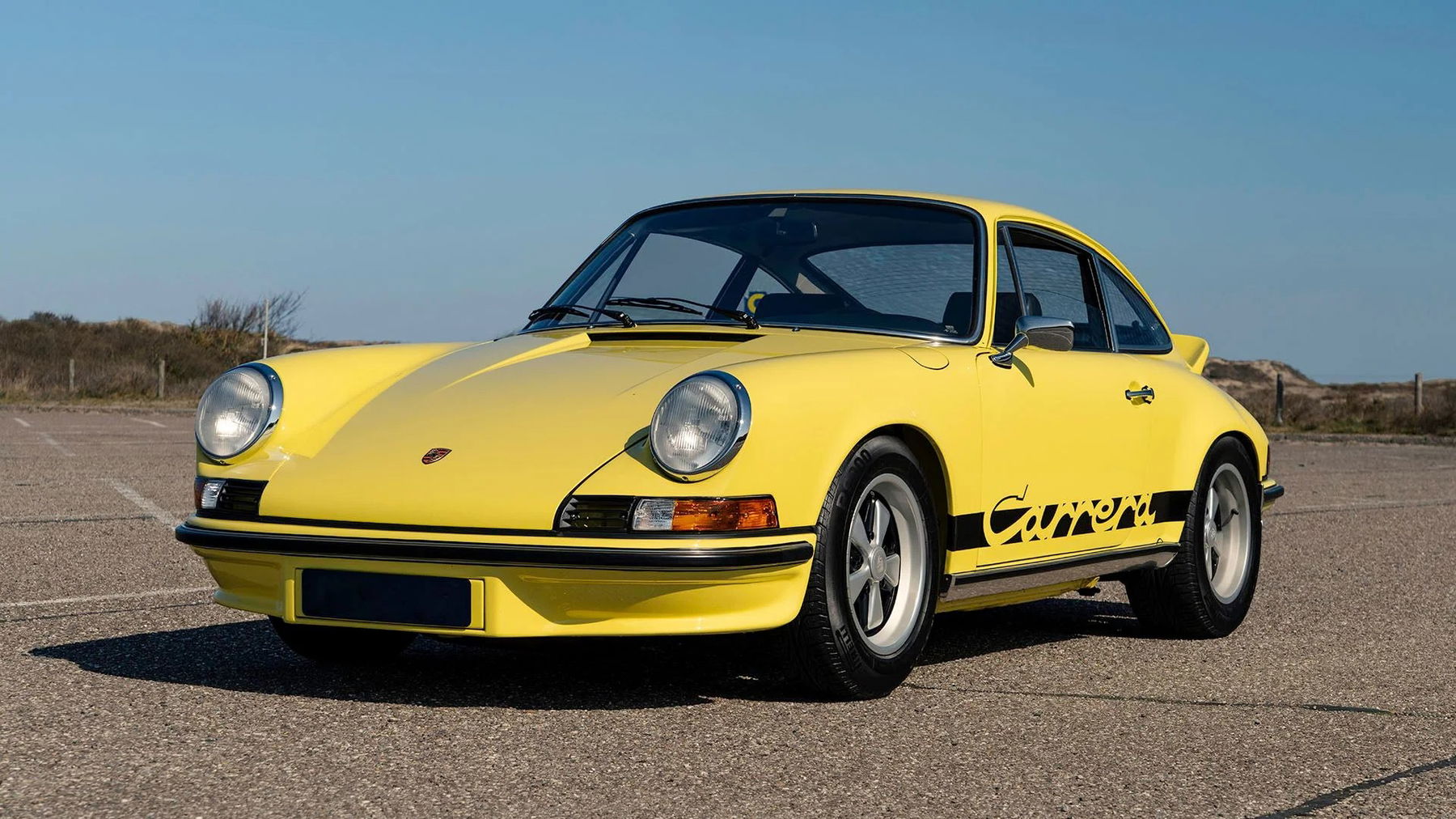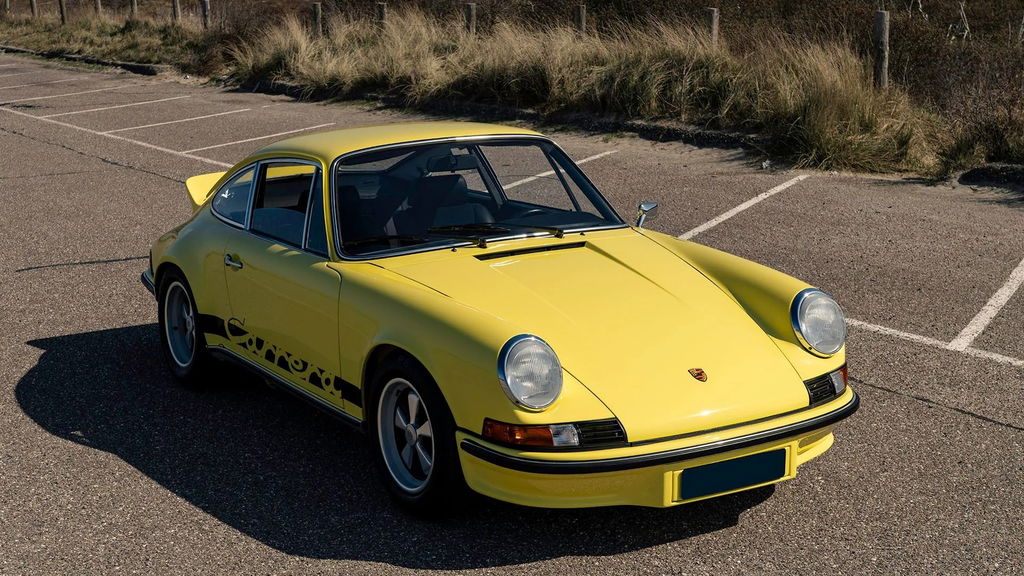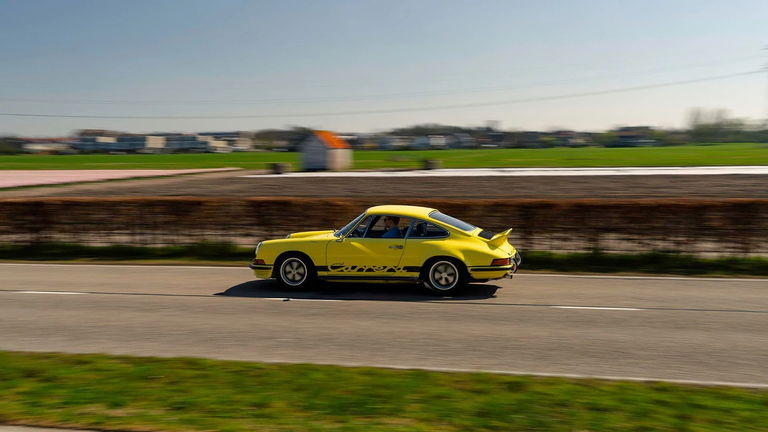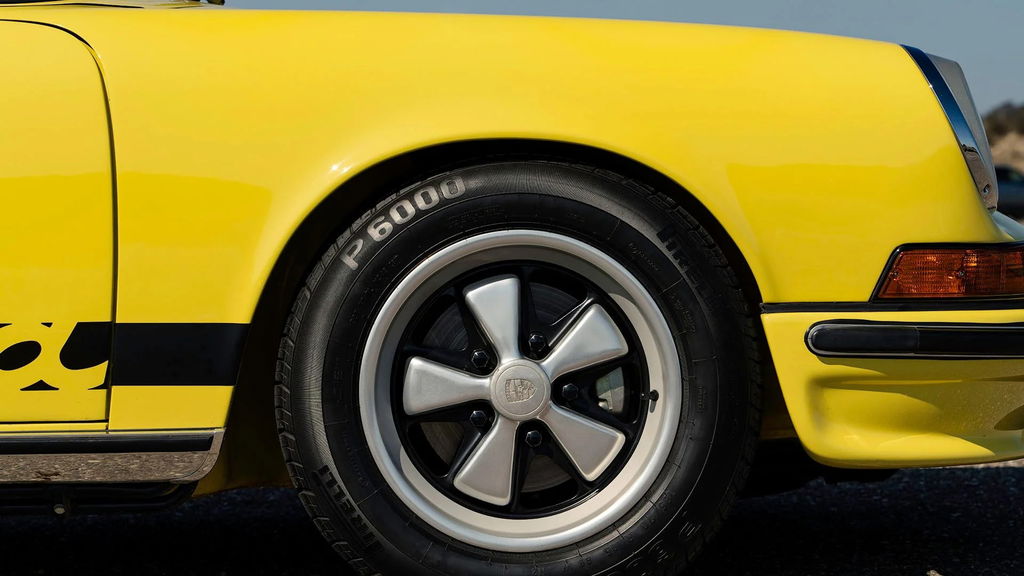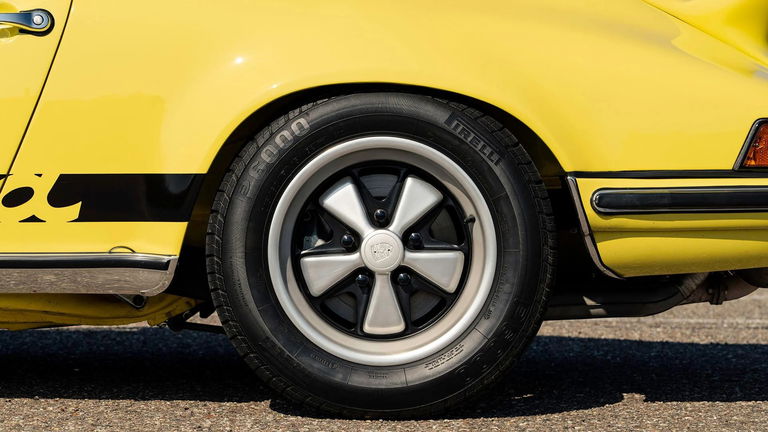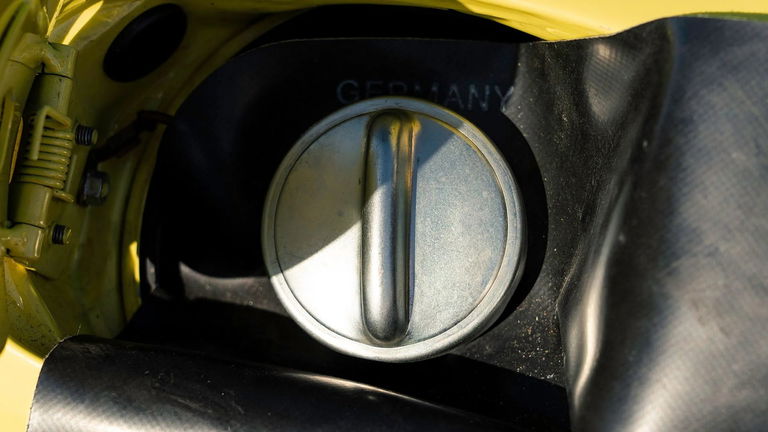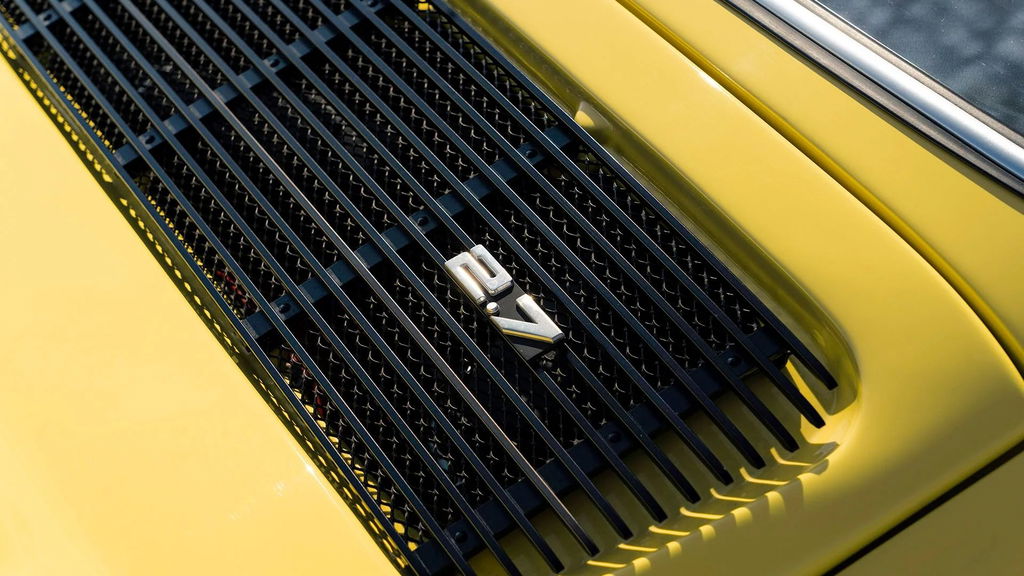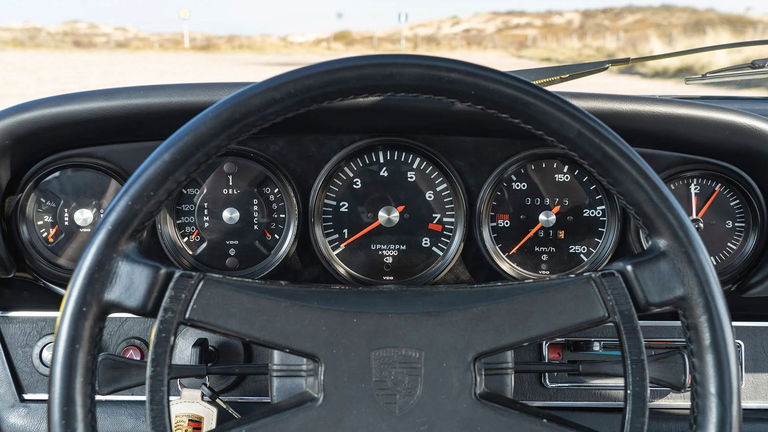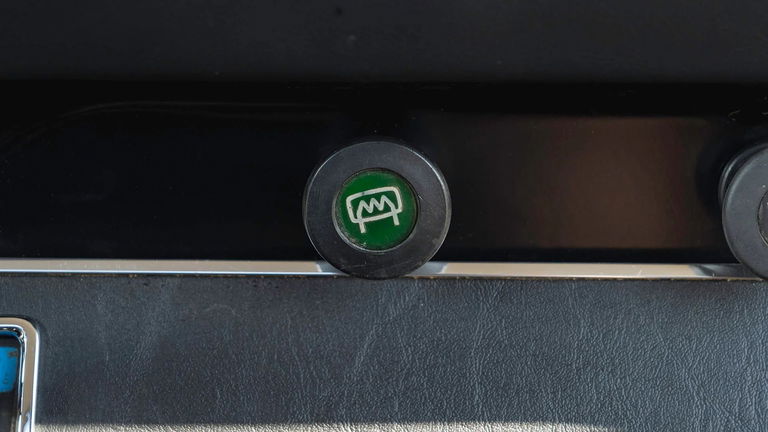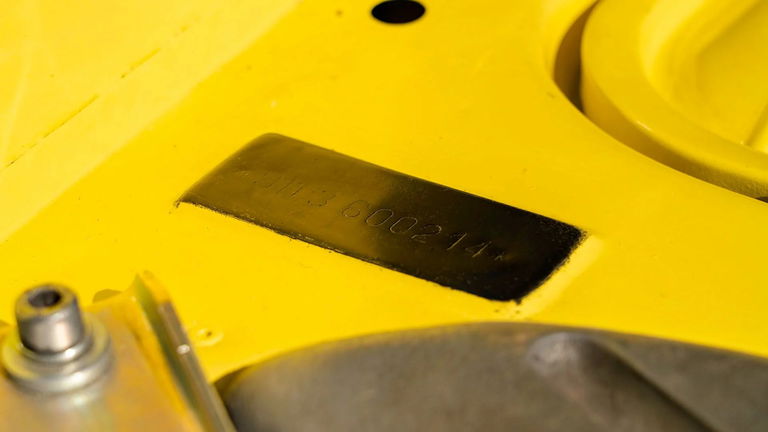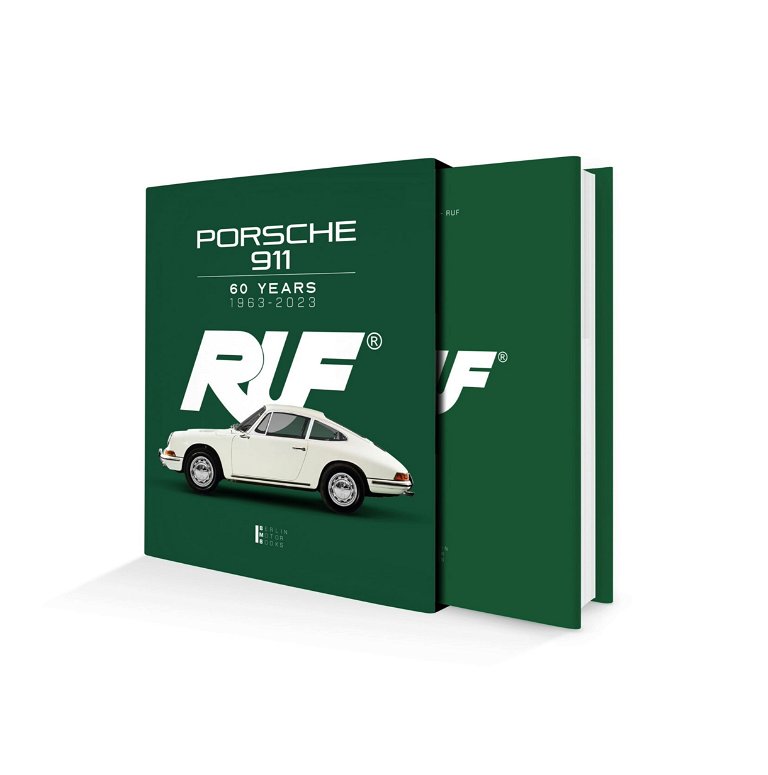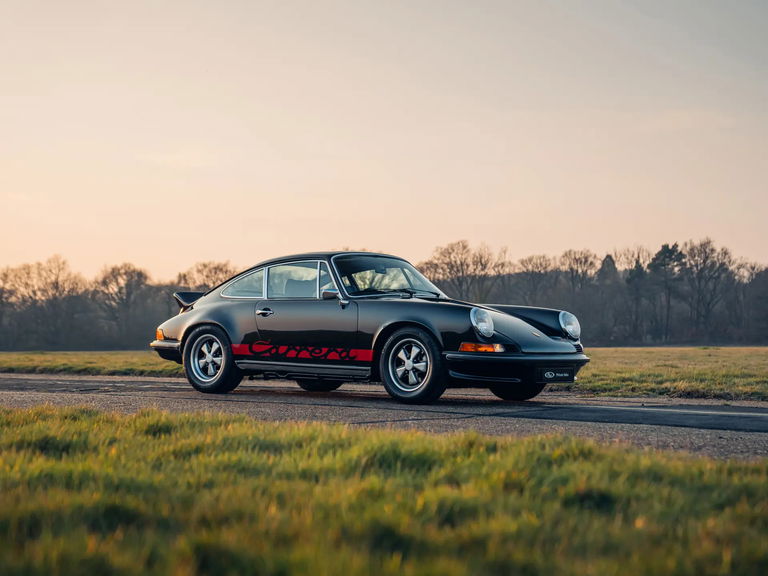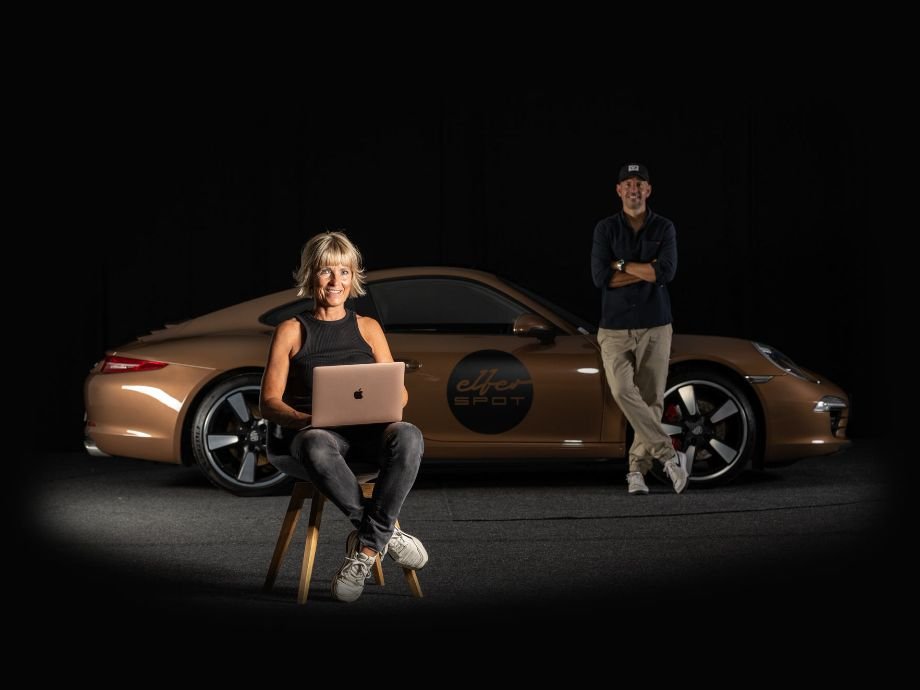Chassis No. 9113600214
Engine No. 6630233
For most, “homologation” may be best described as an archaic legal term focused on granting of approval; yet for those interested in the most sporting road variants of an exciting competition car, the word carries a much deeper meaning. Porsche originally planned to produce 500 examples of the legendary 911 Carrera RS to homologate it for FIA Group 4 GT racing. Porsche was rightly concerned that they couldn’t sell this many, especially after their experience managing to sell approximately two dozen stripped down and lightened 911 Rs just six years earlier. Smartly, each Carrera RS was first built as an ultra-light RS Homologation (RSH) and then driven off the assembly line to a weighing station. With its weight recorded for the FIA authorities, each featherweight RS returned to the factory to be converted to a more road-use friendly M471 (Lightweight) or M472 (Touring) specification. The reason? Porsche decided that “There must be no suggestion that this car is a stripped-out or lightened model.” Clearly, they had learned from the 911 R episode.
Unveiled at the Paris Motor Show on 5 October 1972, Porsche had an instant hit on their hands. Incredibly, all 500 were sold by the end of November that year. Surprised by its success, Porsche increased production for a second series of 500 cars that was completed by March 1973. Once the 1,000th car was completed, the Carrera RS 2.7 was homologated for both Group 3 and Group 4. As is well known, Porsche went on to produce 1,580 examples, yet it is the first series of cars that are the most special—where every gram counted on the scale. According to Carrera RS by Gruber and Konradsheim, after Porsche’s exhaustive homologation efforts ceased “Porsche left off the lightweight sheet-metal parts… the normal protective undercoating was added… the aluminum supporting truss of the front axle was exchanged for the normal steel version.”
Constructed as an early first series for Group 4 homologation, Carrera RS chassis number 9113600214 was ordered in Light Yellow with Black Carrera graphics over a Black-upholstered interior. The car was simply and appropriately equipped from the factory with a single driver’s-side Recaro sport seat with corduroy insert. According to Carrera RS, it was picked up from the factory in an unwaxed state and sold through Raffay Porsche of Hamburg, West Germany.
Upon acquisition many took the Carrera RS’ competition roots to heart, entering their cars in local and national events with modifications to suit. It is noted that while under early ownership the bodywork of chassis number 0214 was widened to 3.0-liter Carrera RSR specification in 1974. During these years, the car was maintained by Autohaus Max Moritz Porsche of Reutlingen, West Germany. Fans of racing Porsche’s of this era will no doubt be familiar with the 914/6 GTs and later Jägermeister-sponsored 934 Turbo RSRs and 935s fielded by the dealership’s racing team. No doubt chassis number 0214 felt quite at home with the steady hands of the service department employees who often worked double-duty for the race team on the weekends.
By the early 1980s, the 2.7 RS Touring had traded hands to Las Siemiginowski who brought the car with him to Canada when he immigrated in 1983. In the early 1980s, a 911 Carrera RS was a very rare sight in North America—especially one wearing RSR bodywork! In short order, research indicates the car passed through the hands of Beate Ebel to Tim Hutton, the owner of Hutton Financial Corporation based in Vancouver, who is noted to have raced the car. Two further Vancouverites enjoyed the car during the mid-to-late 1980s before it was advertised in Motor Sport Magazine at the end of the decade. The car was sold by the well-known Porsche authority John Starkey to his native U.K. and a new owner Michael Lavers, based in London. The Carrera was with Lavers until 1992 when it was acquired by Nicholas O’Callen-Smith of Berkshire County. In January 1993, the car left England for new ownership in the Netherlands with Hans Lichtendahl. Later Dutch ownership includes a transfer to J. van Wirdum who is noted to have commissioned an overhaul of the engine to correct 2.7-liter specification and a body restoration in its correct Light Yellow that featured rust repairs while maintaining its muscular RSR bodywork worn since 1974.
As the Carrera RS market evolved through the 1990s into the 2010s, so too did the expectations of originality and restoration details. To that end, when the car was acquired by a Mr. Beerens in 2015, chassis number 0214 was entrusted to Porsche Centre Antwerp and other specialists for a complete and total restoration, returning it to the condition in which the RS left Stuttgart-Zuffenhausen in December 1972. The original matching-numbers flat-six and correct-type 915 transmission were delivered to Dominiek Van Audenhoven for a complete overhaul. Furthermore, the 1974-era RSR bodywork was removed from the bodyshell that features the all-important matching body number as confirmed by its D’Ieteren supplied build sheet. Correctly restored in Light Yellow, the finished product was the result of three years’ work and appears very much as though the car has leapt off the page of a Ludwigsburg marketing brochure from 1973. During the restoration a few welcome, yet reversible, details like the matching passenger-side sport seat and wider 7 and 8×15-inch wide Fuchs wheels have been added. In 2020, the restored Carrera was acquired by J. Van Puyvelde, who had the car maintained by Porsche Carrera Motors in St Martens Latem, Belgium. Since 2024 the car has been under current Dutch ownership and has seen servicing and a rebuild of front brake calipers and minor other work at Auto Service Kraan, Aalsmeer, Netherlands when the odometer read 711 kilometers. The consignor notes just 900 kilometers have been added since its comprehensive restoration.
There is no doubt that Carrera 2.7 RS number 0214 is in the best condition it has seen in the past 50 years and represents a compelling example of an iconic Porsche model that any collector of fine competition-derived sports cars should enjoy with gusto.
Continue reading
